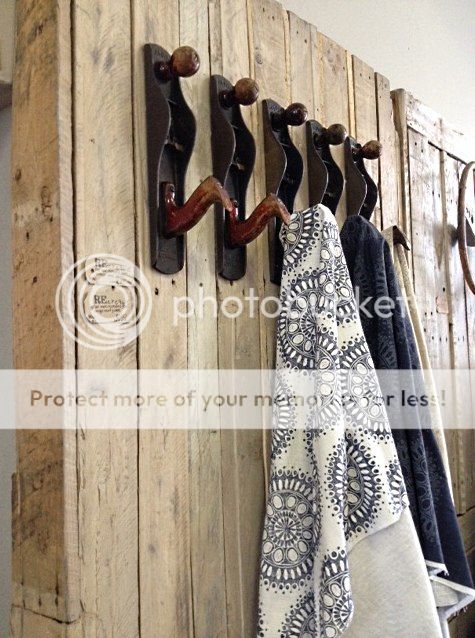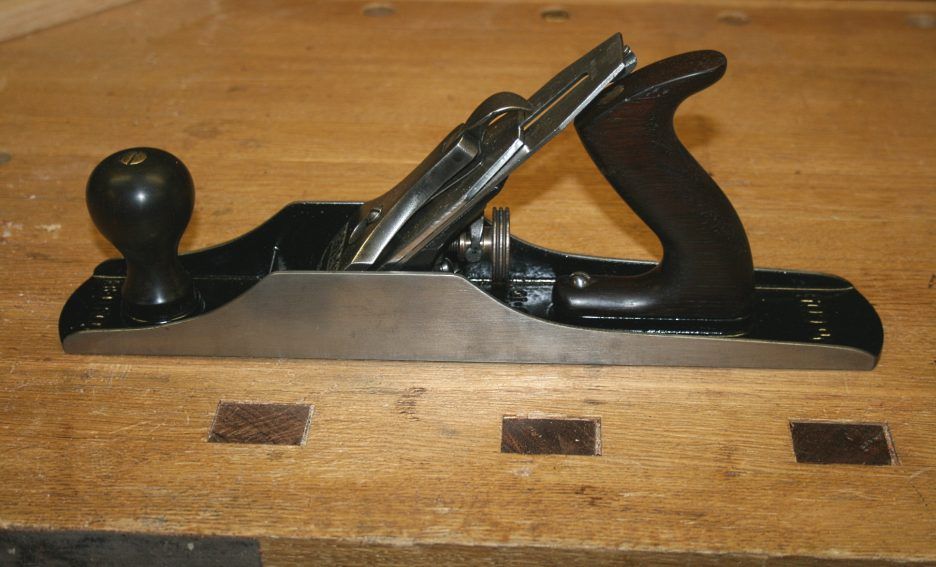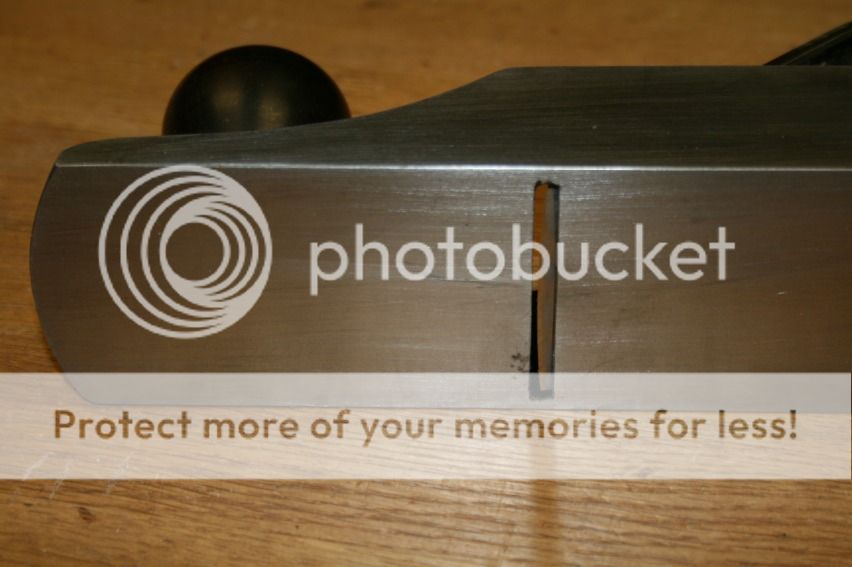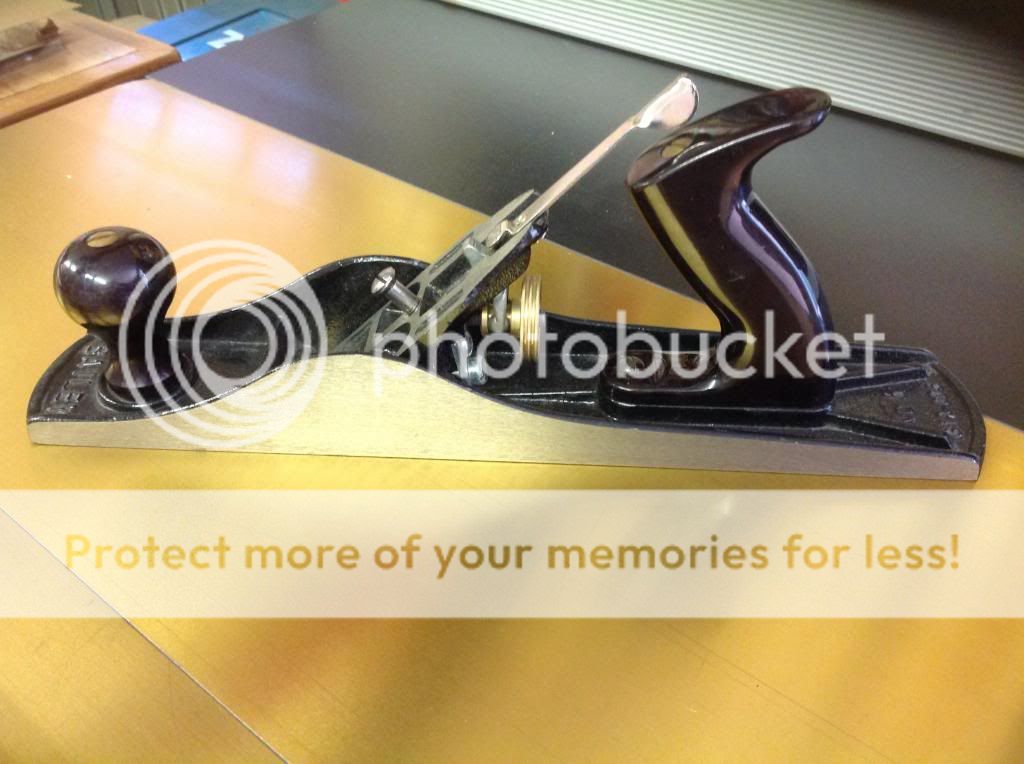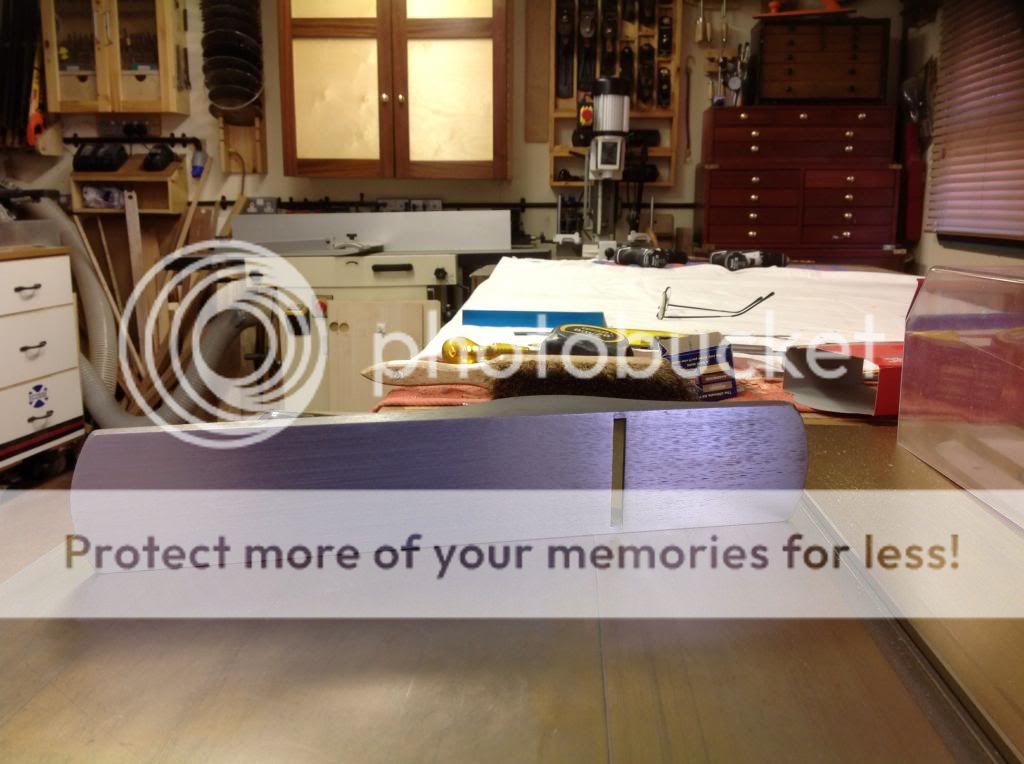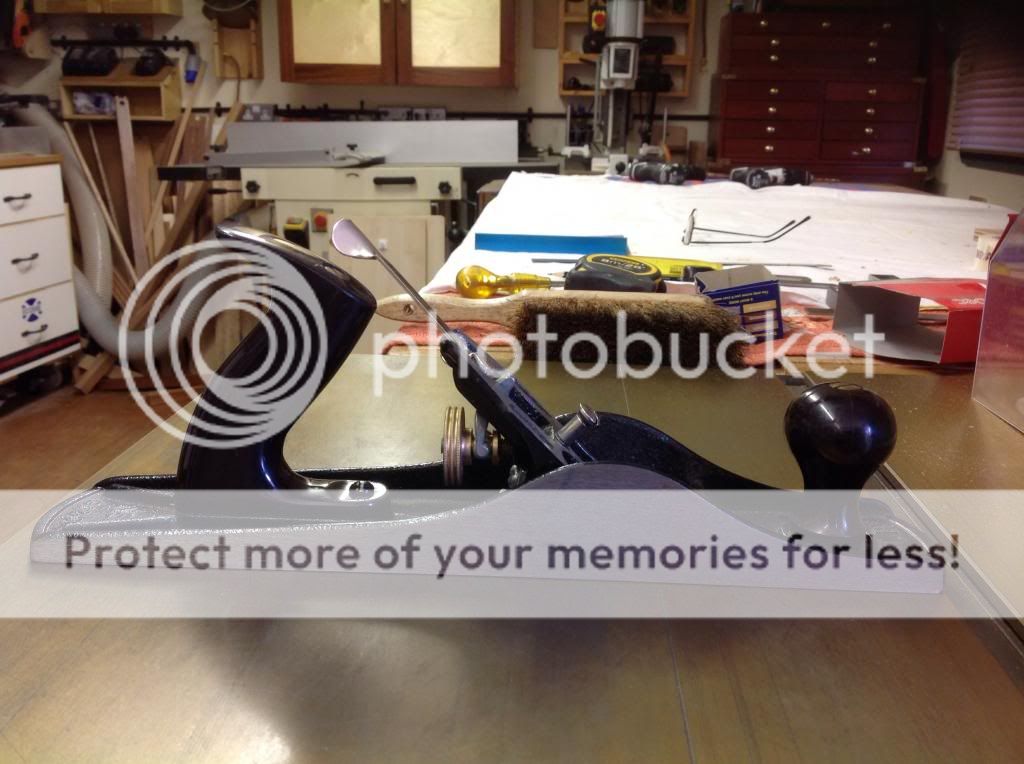bugbear
Established Member
Corneel":1tjrzthx said:Of course, don't worry about the mouthsize. It's a roughing plane after all.
Mouths growing under trueing is (another) woodie thing, caused by the sloping wear. Even on a woodie, the mouth widening is roughly the same size as the amount removed. Over time this can be substantial (I've seen some "drag racer" woodern jacks), but I wouldn't worry on a Bailey.
BugBear




